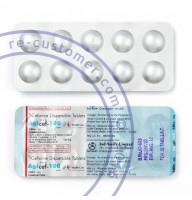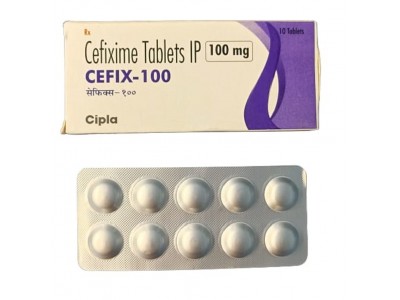Cefixime is a third-generation cephalosporin antibiotic used to treat a wide range of bacterial infections. It works by inhibiting the synthesis of the bacterial cell wall, which leads to the death of the bacteria. This antibiotic is effective against various gram-positive and gram-negative bacteria, making it useful for treating different types of infections.
Cefixime is commonly prescribed for conditions such as middle ear infections (otitis media), throat infections (pharyngitis and tonsillitis), bronchitis, urinary tract infections (UTIs), gonorrhea, and uncomplicated skin infections. It is available in several forms, including tablets, chewable tablets, and oral suspension, which makes it convenient for both adults and children.
The typical dosing regimen for cefixime can range from once to twice daily, depending on the severity and type of infection. It is generally well-tolerated, but like all antibiotics, it can cause side effects. Common side effects include gastrointestinal disturbances like diarrhea, nausea, and abdominal pain. Allergic reactions, though rare, can occur and may present as rashes or more severe symptoms.
It is crucial to use cefixime as directed by a healthcare provider to ensure effectiveness and to prevent the development of antibiotic resistance. This means completing the full course of the antibiotic even if symptoms improve before the medication is finished. Misuse or overuse of antibiotics like cefixime can contribute to the growing problem of antibiotic-resistant bacteria.

